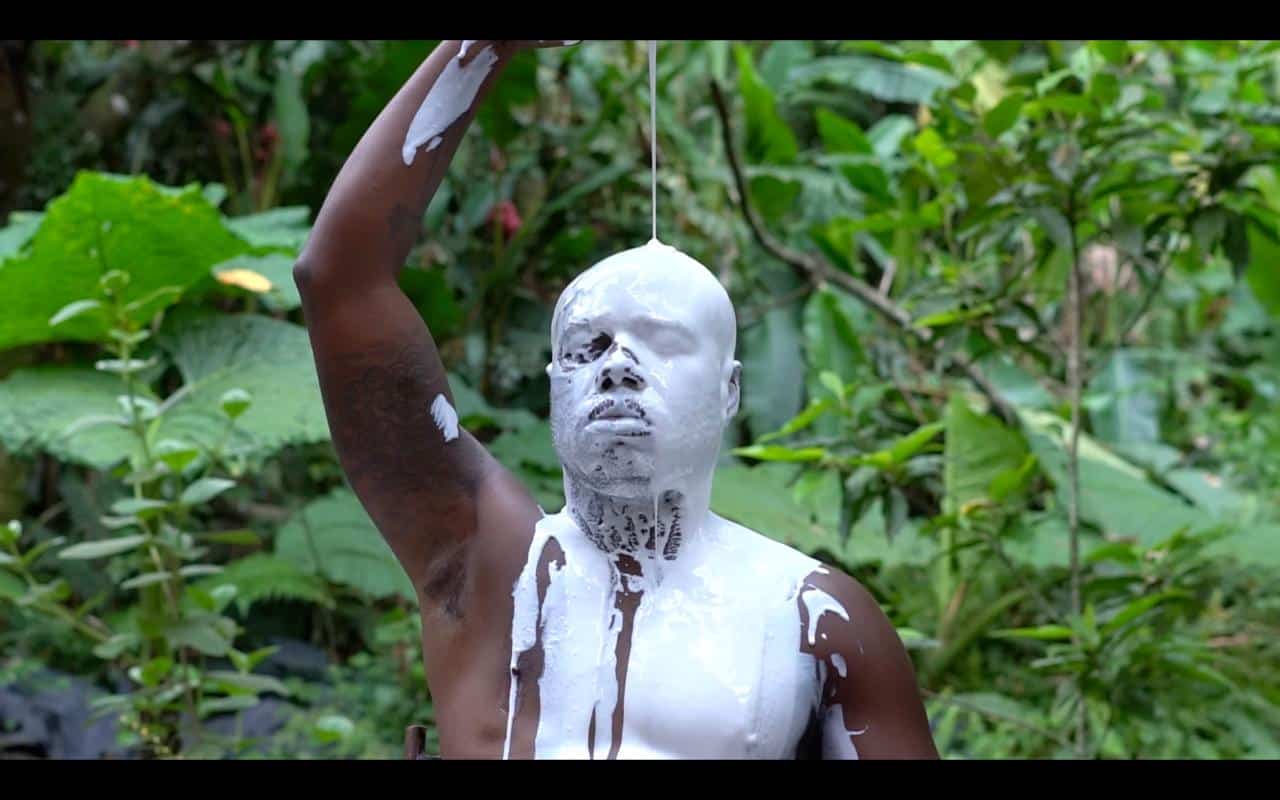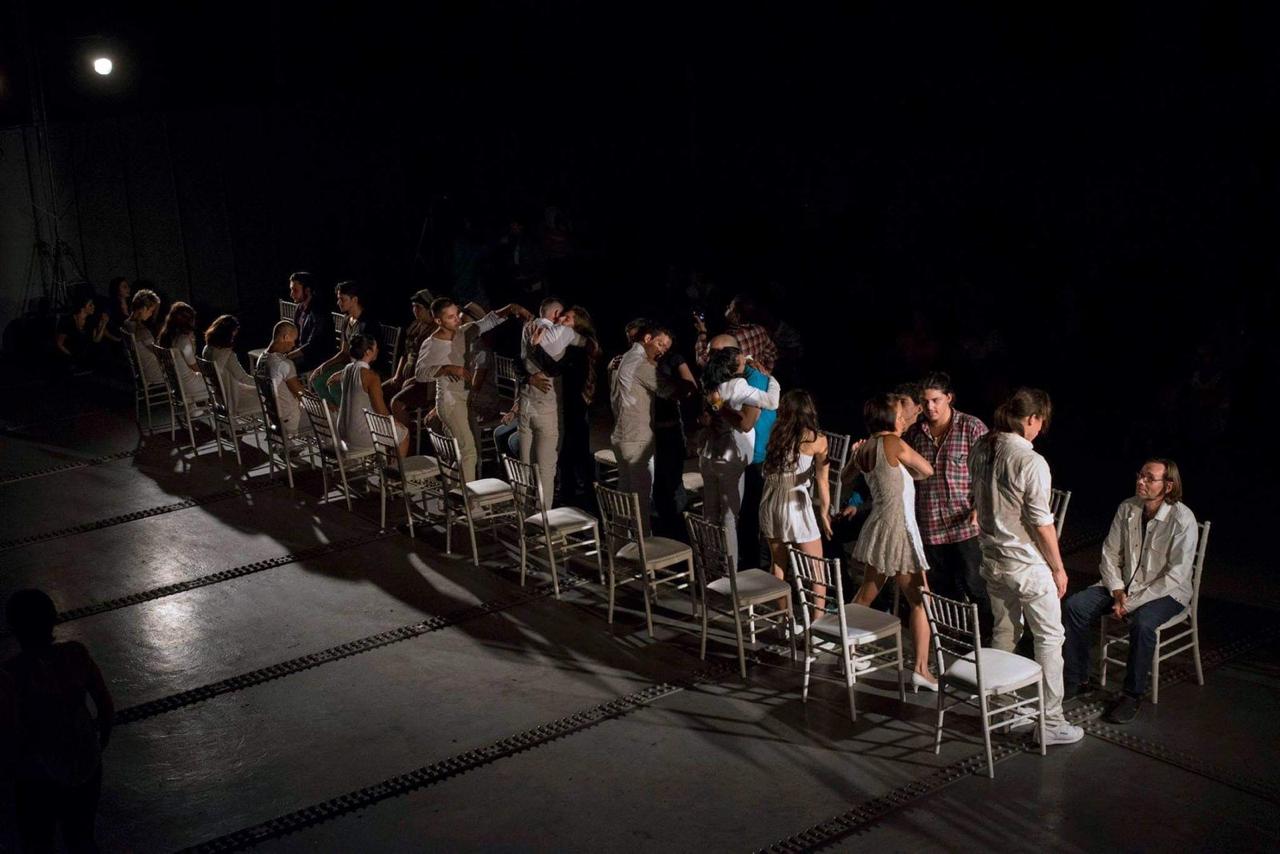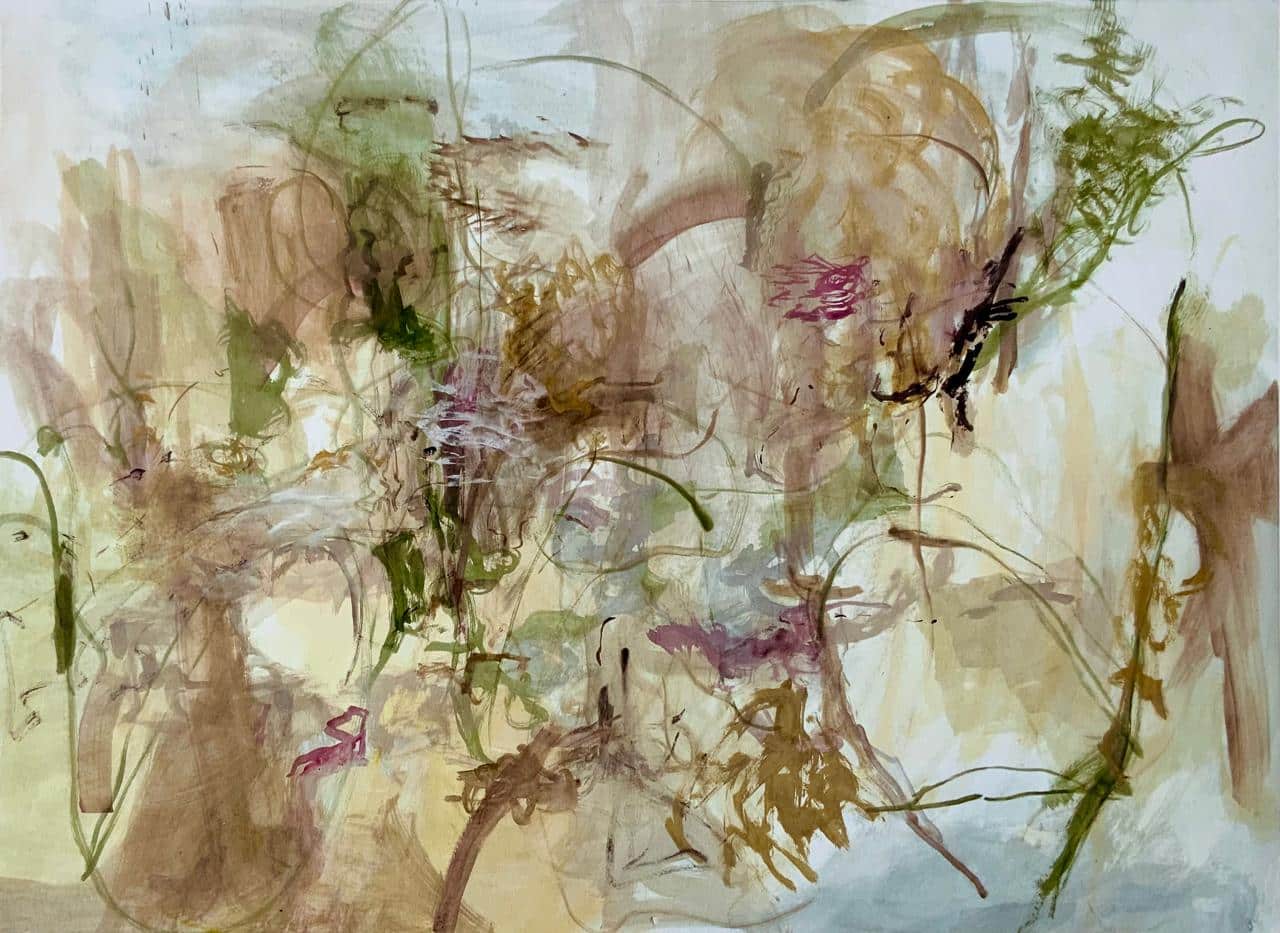Monte Azul is pleased to announce the recipients of the Inaugural Fellowship Awards, fully funded by Monte Azul. Originally, the fellowship award was proposed to underwrite three resident artists. However, due to the high quality of proposals, Monte Azul extended the award to four exceptional proposals.
Representing a diversity of media, concepts, and view points, these highly accomplished artists will converge at Monte Azul in November 2024 and explore the natural and cultural environments that surround us. Each of the four artists will present their work at the MACA Gallery on site in an exhibition that will be accessible by the community live on site as well as online.
_________________________
As Director of Monte Azul Center for the Arts, I would like thank all of the applicants who submitted proposals and encourage them to reapply for a residency at Monte Azul.
I would also like to publicly express a special thanks to our esteemed panel of jurors, Monte Azul alumni, respected colleagues, and dear friends, Karina Salguero and Federico Herrero, who selflessly and enthusiastically took time from their busy lives to make this Fellowship Award possible, “Gracias, queridos!”
–– Carlos Luis Rojas Jara
Director of MACA
In alphabetical order:
Pablo Hernández
b 1974 Costa Rica
San Jose, Costa Rica
Pablo Hernández Hernández, a philosopher, explores whether our political imagination has become stagnant, merely reproducing the same ideas rather than creating truly alternative futures. He argues that instead of solely focusing on theoretical questions of what to think or say, we should instead, ask what shall we do in an extraordinary, creative manner. This involves blending artistic methods with the survival strategies of guerrilla movements in Central America and the Caribbean, while avoiding the pitfalls of political dogmatism and individualism. Hernández proposes that his residency at MACA will dedicated to develop an interdisciplinary agenda of exercises that activate political imagination through arts and philosophy, while integrating the non-human elements of nature into this process. He aims to collaborate with artists to intertwine artistic practice, guerrilla organization, and philosophical thought, exploring new relationships between the human and non-human through universal activities like walking, breathing, and feeling.
Yan Jiao
b 1995 China
Hunan, China
“The installation work “Rising” is based on my in-depth research on the social issue of missing people, as well as the mood of my lover’s death. I believe that after leaving the body, the human soul will continue to rise, touch the clouds, and finally turn into rain and fall. From then on, every rain in life is a gentle and boneless touch. If forgetting is as light as a feather, then the opposite is: every path I have walked, every word I have said, every knowledge I have discovered, every emotion I have experienced, all of these will return to me as heavy as a thousand hooks. The narrowing of life is caused by gravity.” Yan Jiao aims to create an installation at MACA combining video work based on three years of research on missing persons, focusing on how individuals, especially women “who are entangled in a complex web of family relationships, navigating the bonds of love and being loved among children, seeking their own identity in the world.” By dressing as missing persons and using anthropological imaging methods, the artist explores the power structures behind their descriptions and the concept of passive disappearance, considering it a redefinition of freedom, particularly during the pandemic. This work highlights the ambiguous connection between the artist, social issues, and the audience, questioning the boundaries between reality and images, and emphasizing the artist’s role in reintegrating fragmented lives into meaningful works. The artist plans to enhance existing image material and combine it with an installation at Monte Azul to create a new work that reconstructs the relationship between humans and their environment. Inspired by the traditional Chinese concept of Bai Jia Bu, the artist will collect fabrics related to persons missing and separated, and natural elements from Monte Azul to create a symbolic, protective installation. Additionally, the installation will feature audio recordings of missing person notices in various languages, reflecting on separation and loss, and exploring how nature can heal human wounds.
Marton Robinson
b 1979 Costa Rica
Los Angeles, Toronto
Marton Robinson’s project uses depictions of landscapes and characters from traditional and popular cultural images to explore ethno-pornographic ideas, examining how current representations of the Global South are influenced by colonial depictions. The residency will provide a platform for experimenting with art practices intersecting speculative narrative, social engagement, and sustainable institutional practices, particularly in multi-ethnic art and environmental aesthetics. The project will investigate extractivism and sociopolitical implications within urban and natural landscapes in the Americas, focusing on rainforest depletion by corporate farms. The climate will act as an artistic collaborator, influencing the material life of the works and subverting colonial notions of landscape and high art by embracing tropical environments by subjecting them to tropical climatic realities. Media include monoprint, monotype, silkscreen photo-emulsion with unconventional materials like blood and semen. Visual references include caste painting, landscape painting, Tropical Gothic Theory and Aesthetics, Tropical Gothic Cinema, and Ethno-pornography Methodology and Aesthetics.
Barbara Vos
b 1952 United States
San Francisco, California, USA
“Among all colors, the human eye perceives the most variations in green.” The Cabecar language, part of the Chibcha family in the Isthmo-Colombian Area from lower Costa Rica to northwestern Colombia, boasts a rich lexicon with dozens of words for green. Barbra Vos ventures into Costa Rica’s Monte Azul rainforest, a region originally inhabited by the Cabecar nation before the European conquest. Embracing the New York School of expressionist painting, Vos creates intuitive marks, responding to fragmented memories and emotions embedded in her mind and body. Her large-scale monotypes will explore and celebrate Earth’s myriad shades of green, abundantly displayed in the Monte Azul rainforest reserve, while honoring the profound feelings and emotions emanating from our sentient green hearts. With an acute awareness of her life’s circuitous path, Vos delves into painful childhood experiences that steeled her against a tough Brooklyn environment. “I believe that awareness of my story keeps my work true to heart,” Vos says, drawing from her personal challenges while interpreting the surrounding landscape. “I particularly love the process of making monotypes; they are painterly and full of surprises.” At Monte Azul, Vos will push herself to achieve an even higher level of expression, inspired by the immediacy and vibrancy of the rainforest’s exuberance.




